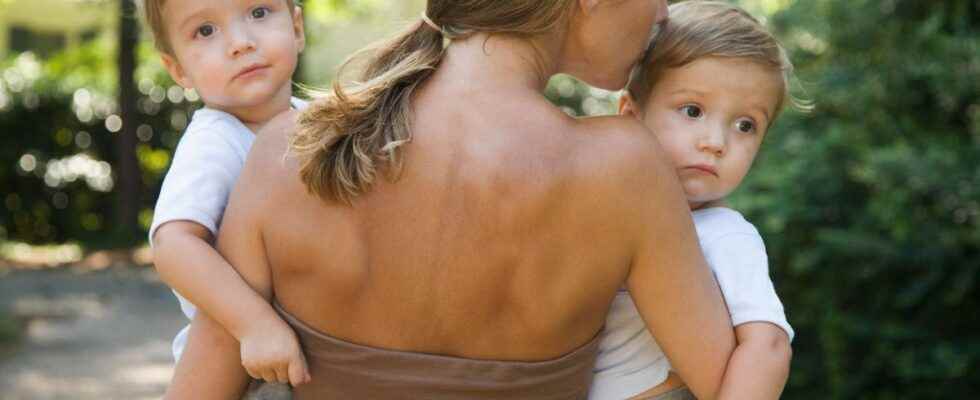Posted on 05/27/2022 at 09:07,
Reading 2 mins.
Contrary to what one might think, women who have twins are not more fertile than others. Explanations.
Historically, mothers who had twins gave birth more often than others. This observation has been interpreted in the medical community as “higher intrinsic fertility”. A hypothesis recently contradicted by a large study conducted on more than 100,000 births from women born between 1700 and 1899.
More pregnancies increase the chances of having twins
Until now, studies on the subject could not determine whether women who gave birth to twins frequently released more eggs during ovulation, or whether more pregnancies increased the chances of having twins. But a new analysis, involving a CNRS researcher, provides tangible evidence for the second hypothesis.
“Here we show in over 20,000 pre-industrial European mothers that this interpretation results from an ecological error: twins had more births not because of higher intrinsic fertility, but because mothers who gave birth more have accumulated more opportunities to produce twins”can we read in the study.
Moreover, twinning has persisted through the centuries for two reasons.
Firstly, the birth of false twins would be the consequence of an “advanced age”: the probability of having a double ovulation – and therefore a twin pregnancy – increases with the age of the women.
Furthermore, some data from the analysis shows that, even with a decrease in pregnancies, when twin survival is sufficiently high the total number of children increases.
Follow your pregnancy week by week
The risks of twin pregnancies
While the twinning rate has increased sharply over the past thirty years – from 9.1 twin births per 1,000 births in the 1980s to 12 per 1,000 in the 2010s – giving birth to two children is still not without risk.
Twin pregnancy is a test for the body of the future mother: increased risk of gestational diabetes, overweight, anemia, hypertension, preeclampsia…
As for newborns, growth retardation and prematurity are the two major risks faced by twins. In fact, 80% of twins are born prematurely and 40% are born very prematurely.
The risk of malformation is also a little higher, especially in identical twins.
Note: if the babies no longer have enough room and amniotic fluid to develop, the delivery can be triggered before the term.
